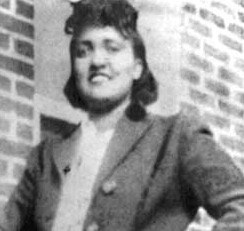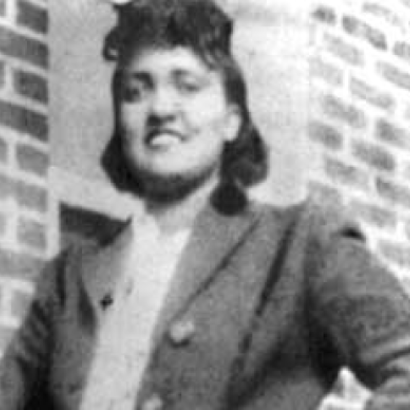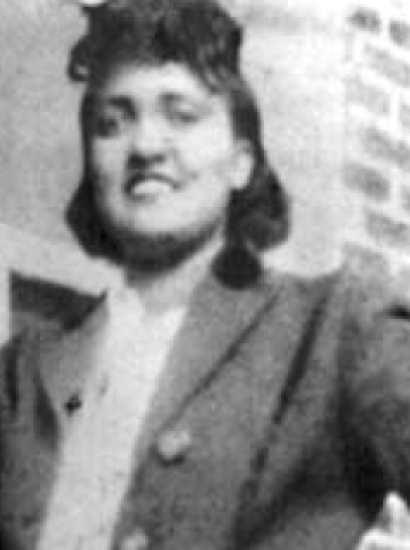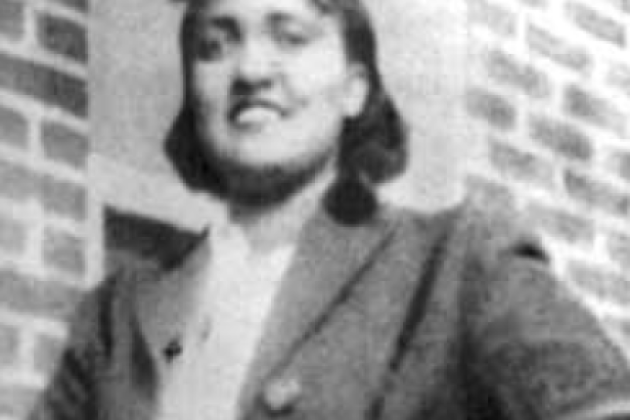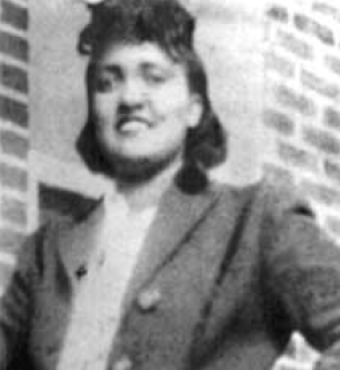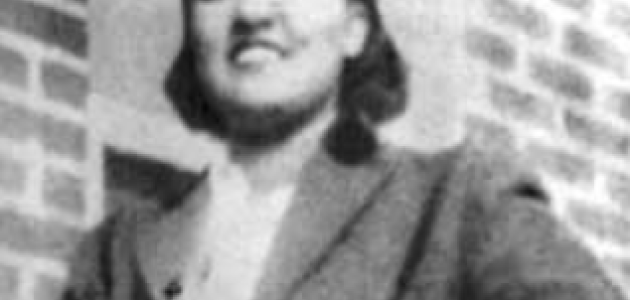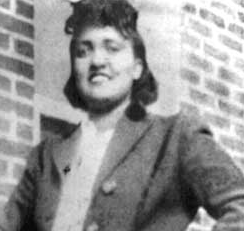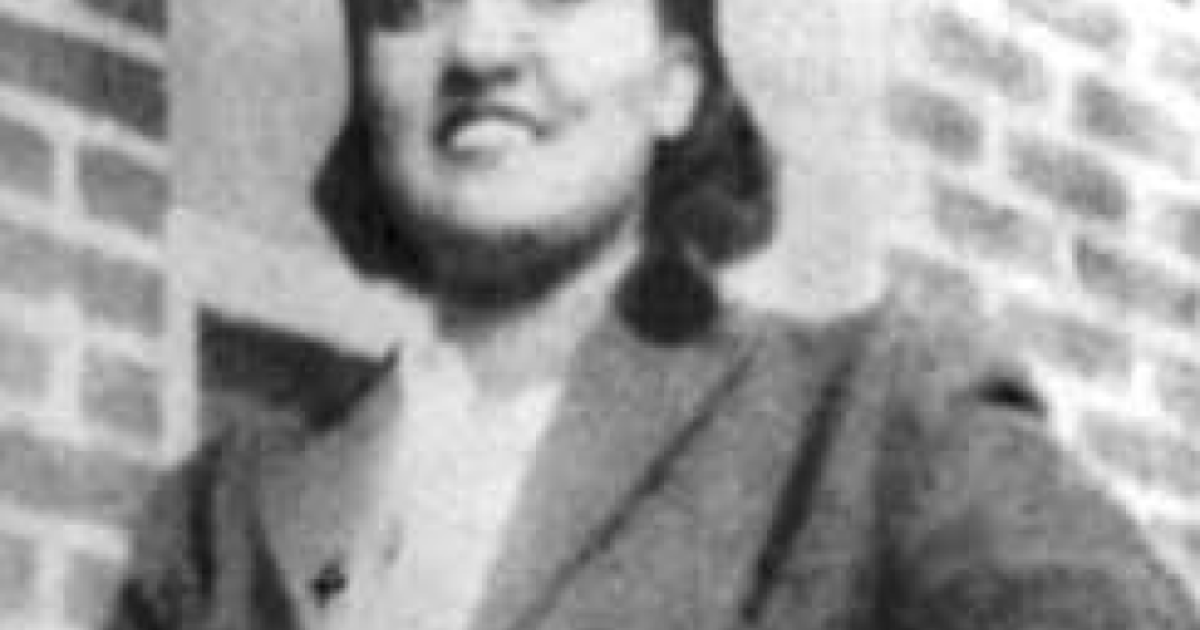- Energy & Environment
- Health Care
Recently, Rebecca Skloot, author of the major best-seller The Immortal Life of Henrietta Lacks, wrote an impassioned plea in the New York Times, urging people to support sweeping revisions to the Federal Policy for the Protection of Human Subjects, which is now under active review in the Department of Health and Human Services. These revisions are directed to the rules that now govern the collection and use of “clinical biospecimens,” which include all the organic substances that are routinely removed from the human body as a consequence of surgery, childbirth, or even normal testing. At first appearance, these materials look like waste products best disposed of in a safe and sanitary manner. But, in fact, they are invaluable in medical research to treat cancer and a host of other genetic and life-threatening diseases.
Without question, the most dramatic illustration of this process involves the so-called HeLa cell line derived from the cancer cells of Henrietta Lacks, an African American tobacco farmer who died of cancer in 1951 at the age of 31. When she was treated at Johns Hopkins Medical Center, her cancer cells were given to the pathologist Dr. George Gey. Gey found to his amazement that, unlike other cancer cells, Lack’s cells were immortal in that they could be cultured and reproduced indefinitely. Within three years of her death, her cell line helped develop the Salk polio vaccine. In the 65 years since Lacks died, about 20 tons of her cell line have been reproduced and distributed worldwide for medical research.
But just what did Lacks and her family get out of the arrangement? At the time, nothing. In accordance with the then standard practice, the Johns Hopkins researchers collected and used her cells without her knowledge or consent. In more recent years, she has received countless public honors for her contributions to medical research. But, at the same time, the many researchers who worked with her cell line collected substantial royalties from the patented cells and the devices developed with their assistance.
So should Lacks and her family have received some fraction of that wealth? The issue was addressed in Moore v. The Regents of California (1990), in which the California Supreme Court held that John Moore did not have property rights to his distinctive cell line. Moore had hairy-cell leukemia, and that resulted in the removal of his “grossly enlarged” and diseased spleen, which proved to be a veritable treasure trove for medical research. Moore’s case did not involve the mere use of cells drawn from his body after his death. Instead, following his initial surgery, the doctors consistently lied to Moore about the supposedly medical purposes for which they collected his various body cells and fluids, which they then used to create a patented cell line of immense value.
Faced with these novel facts, the California Supreme Court issued a split decision. It held that the doctors who took various bodily materials from Moore had not converted his body to their own use, on the odd ground that he did not own the cells after they left his body. Why they could not assert ownership of them before surgery was left unexplained. But, as a way to offset that decision, the Court held that the doctors did breach their duty of informed consent to him. However, this did not allow Moore to recover any royalties from the doctors or any other downstream parties who benefited from using his cell line.
As Skloot and others insist, there is something deeply odd about letting doctors and hospitals profit from cell lines without paying a single dime to the patient from whose body they were obtained, and without obtaining the patient’s permission.
But what’s the best way to correct this odd state of affairs? To people like Skloot, the answer is that all medical researchers should be required to obtain “informed consent” for any research done with a biospecimen, “even if,” as the government proposal puts it, “the investigator is not being given information that would enable him or her to identify whose biospecimen it is.” Such consent would not need to be obtained for each specific research use of the biospecimen, but rather could be obtained using a “broad” consent form in which a person would give permission for future unspecified research uses. Skloot claims optimistically that these people will “probably” say yes, so that research could go on largely as before—but she thinks, as a matter of fundamental fairness, that they should be asked.
There are, however, some powerful objections against the use of the informed consent standard. The consent requirement will result in a vast increase in administrative costs. At a minimum, the new standard will usher in a huge expansion in the number of forms that have to first be explained and then filled out by every patient whose bodily materials are needed for medical research. This means obtaining consent from many thousands of patients as large-scale genomic research is so common. Informed consent would severely slow down such research.
We already have extensive experience with the nightmarish consent requirements under HIPAA (the Health Insurance Portability and Accountability Act of 1996), which created a massive government apparatus for deciding whose consent is needed and when for the myriad uses of routine medical records. The privacy interest with respect to bodily fluids and liquids, especially after death, is far weaker. Why impose an apparatus that costs billions to implement, when there is no real evidence that the current system is broken? After all, the use of the waste products does not affect the patient’s health, well-being, or treatment, even as it facilitates its groundbreaking research.
A larger issue arises if an individual chooses not to sign a blanket consent form for the use of his or her biospecimens. Can the patient decide to not sign the broad form, and limit the use of his or her biospecimens only to some but not to all purposes? If consent is originally given, can it thereafter be revoked, perhaps on the ground that background disclosures were not sufficiently precise? Can family members intervene and claim that, with minors and unconscious people, the patient is not competent to give consent? Is a hospital or physician entitled to refuse to treat a patient who does not acquiesce? May they impose extra charges on them to offset their research losses from not being able to use their biospecimens?
This complex game is not worth playing. The simple answer to all of these endless complications in the routine cases is this: each patient coming into the hospital gets the benefit of the accumulated knowledge acquired from previous patients whose biospecimens have been put to good medical use. It is not too much to insist that patients in routine cases be required to continue to participate in the virtuous circle. There may not be consent, but just compensation is supplied in-kind to all patients who benefit from the medical advances made possible by the research conducted using biospecimens.
At the same time, this generalized form of compensation does not work well with the unique cases like Lacks or Moore. The magnitude of their individual contributions should be compensated somehow. But nonetheless, it does not follow, as Skloot insists, that individual consent for using these biospecimens should be required. With transactions this large, it seems highly unlikely that most patients who have been informed of the benefits that can be derived from their biospecimens would happily sign them over to a research hospital free of charge. Rather, they or their guardians would be well advised to hold out for remuneration as a condition of allowing any of their biospecimens to be used in medical research. Those patients could receive large windfalls without bearing any of the economic and development-related risks that the research hospitals bear.
Outside the medical area, the law has long been reluctant to allow any party to exert this form of monopoly power without legal constraint. Starting with the writings of the British jurist Sir Matthew Hale in the late seventeenth century, the common law has held that common carriers with a monopoly business were “affected with the public interest,” and thus not free to charge whatever they choose for their services. Rather, they must restrict themselves to reasonable and nondiscriminatory rates, commonly called RAND. The system did not require public utilities to supply their services for free, but allowed them a risk-adjusted competitive return on their initial investments, while denying them a monopoly profit.
In modern intellectual property law, RAND rules have been carried over to standard-essential patents, which allow competing companies to share information over an integrated network system. Choosing the right measure of compensation for these patents is never easy, but it is not impossible—and this inquiry may well be easier for biospecimens, which should be made available for medical research for a reasonable royalty interest on the basic research patents, perhaps fixed as a matter of law at a fraction of, say, five percent. Others may prefer to use compulsory arbitration to resolve disagreements over royalty rates. But, critically, both these proposals explicitly reject Skloot’s consent model, which poses a threat to the entire medical research enterprise.
The problem becomes even more acute when, as with Moore but not Lacks, a live patient is asked to contribute further biospecimens to medical research. Usually, the requested intrusions in this case are no greater than those in which the specimens are collected for normal diagnostic purposes, so it is a close question as to whether these transactions should be done solely on a voluntary basis, given the hold-out risk. Alternatively, it is possible to invoke the same compulsory purchase regime that works best for normal waste products.
For the moment, it’s best to keep in place whatever regime is now used. My fear, however, is that any movement toward demanding consent for using biospecimens will undermine the willingness of ordinary patients to participate in medical research. Of course everyone should be uneasy with forced exchanges, and no one should think that individual consent is not needed for ordinary medical treatment. But when transaction costs get high, and monopoly power becomes a serious risk, the model of just compensation in forced exchanges should prevail. It may seem odd to apply standard industrial organization models to biomedical research. But the parallel is precise. The many doctors and hospitals that have vehemently resisted the new proposals that Skloot endorses may not understand the finer points of monopoly power and rate regulation. But they are right to reject unwise proposals to demand broad consent for the use of biospecimens in medical research.







